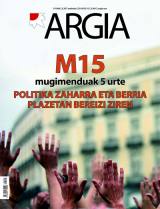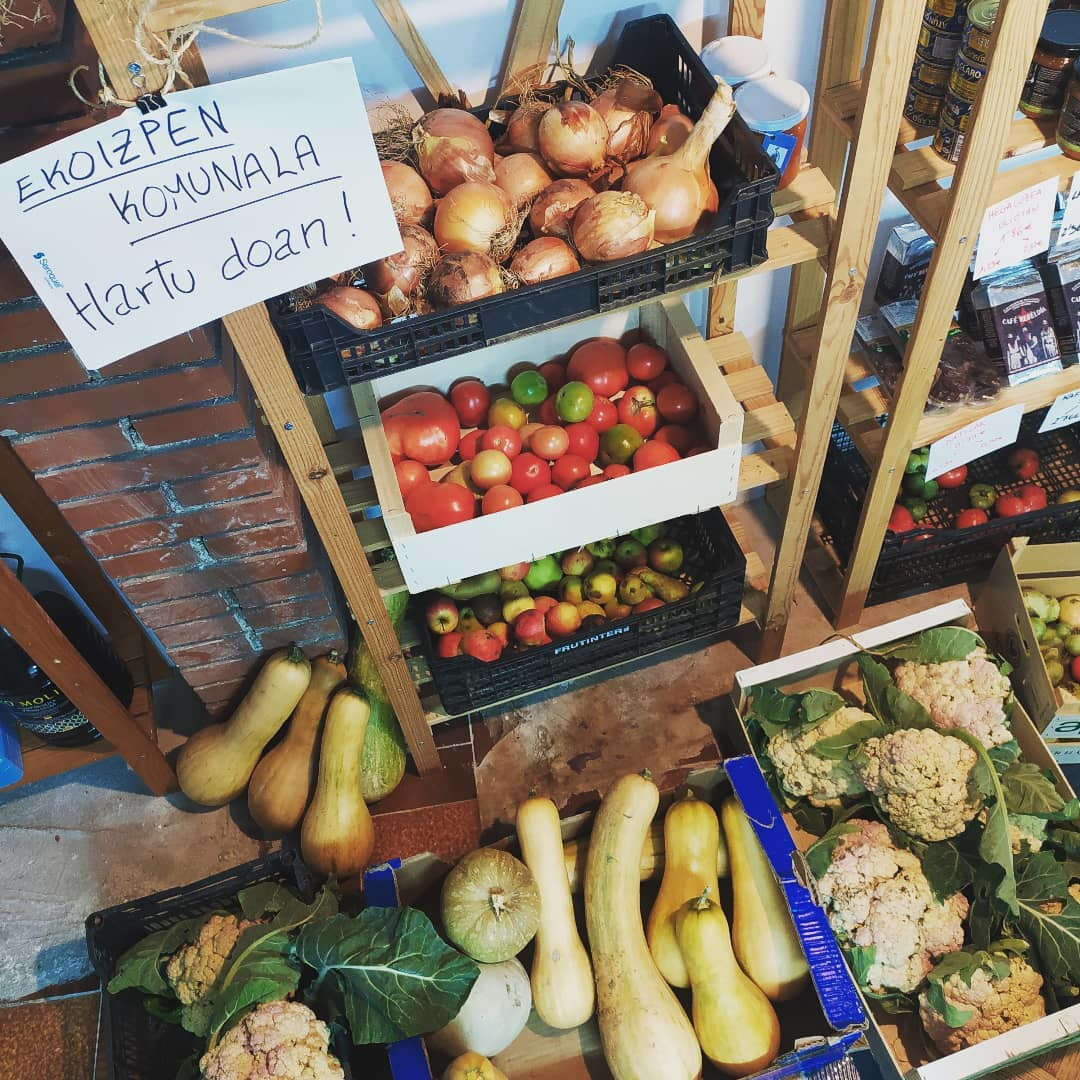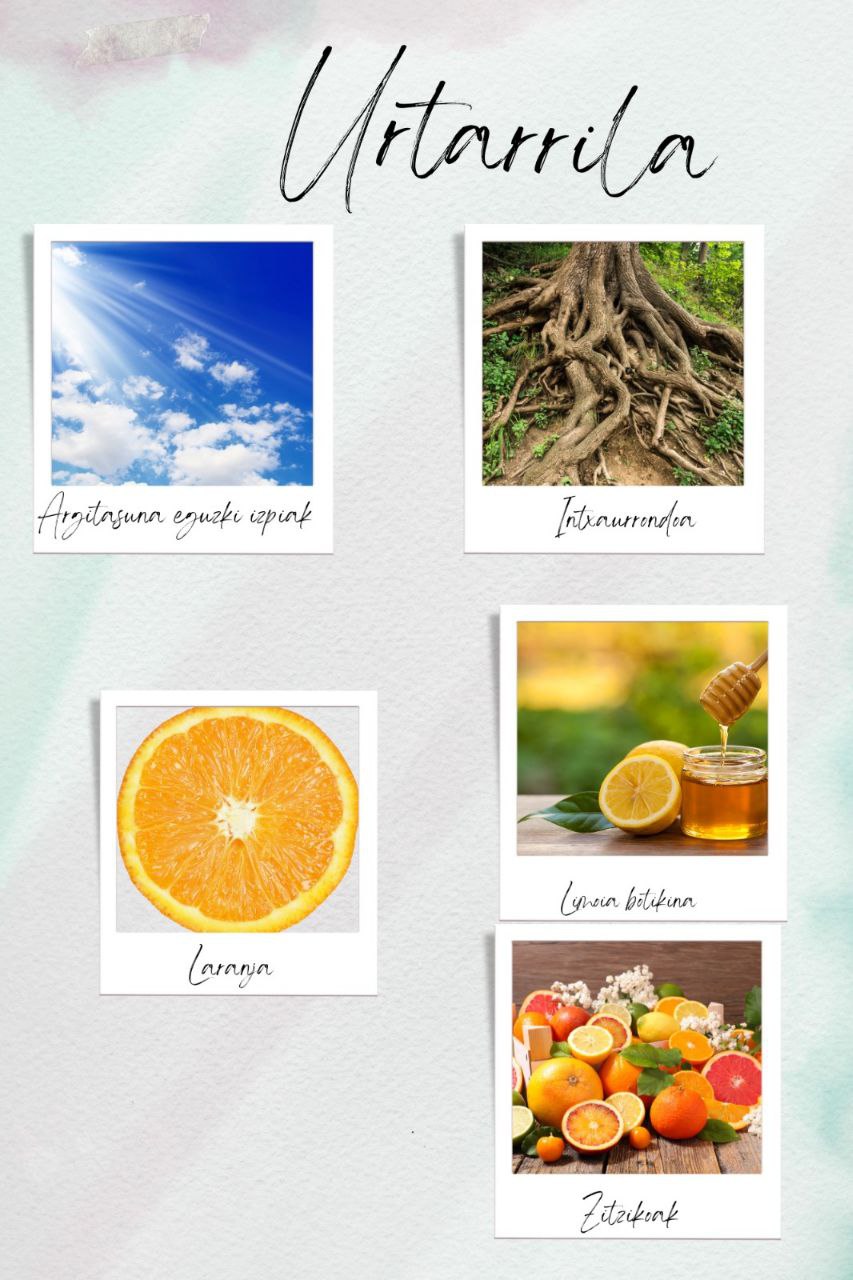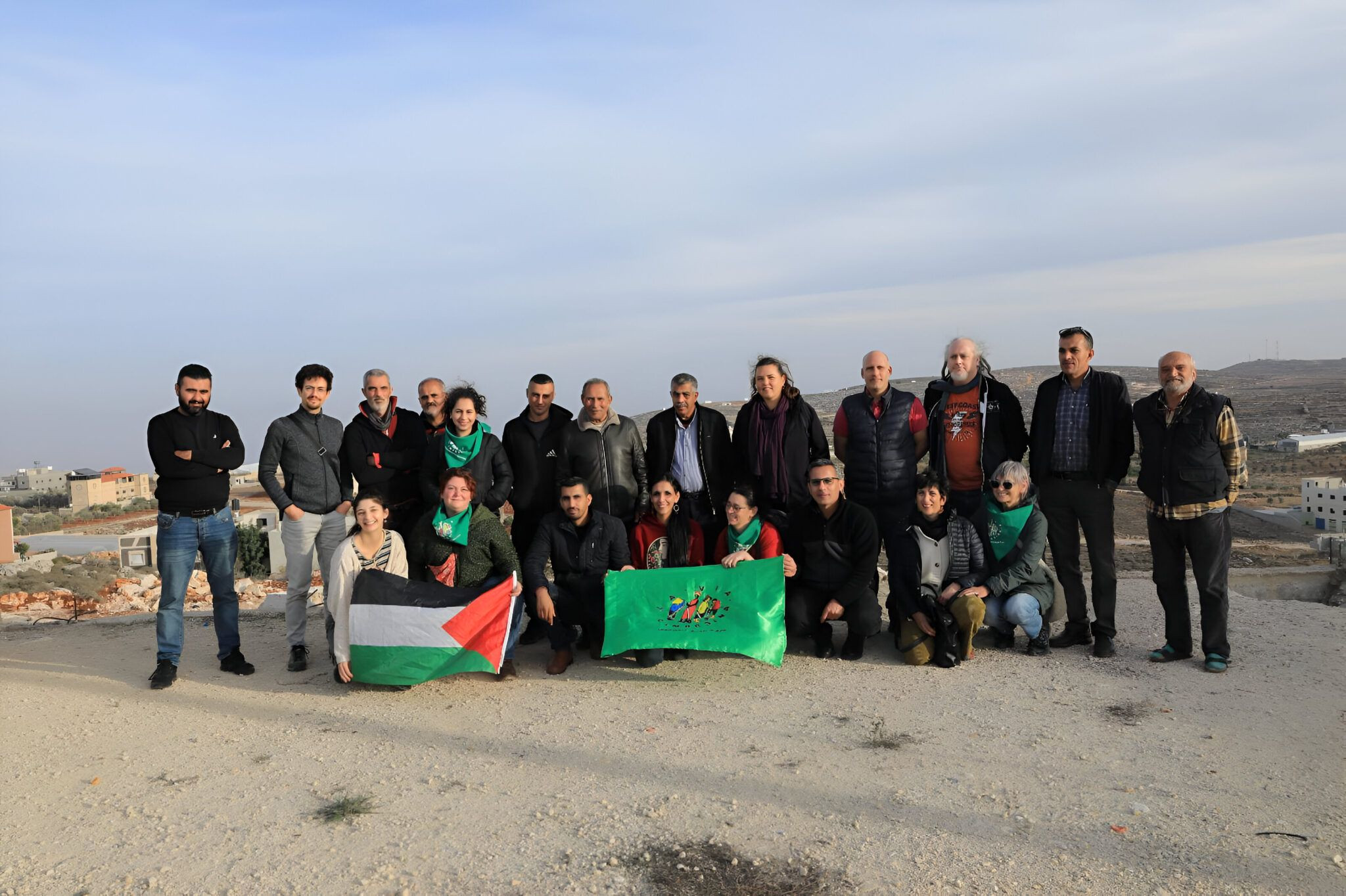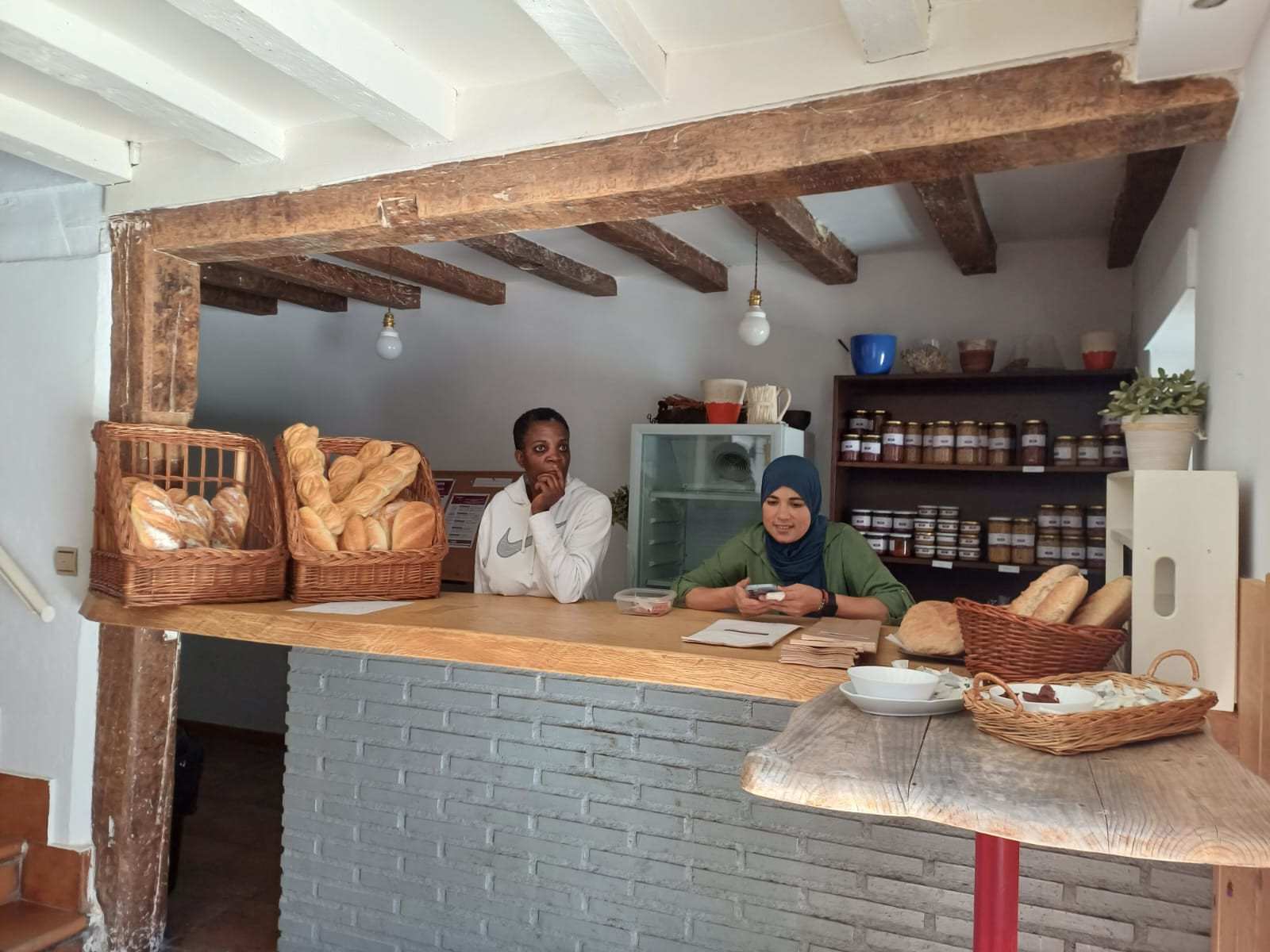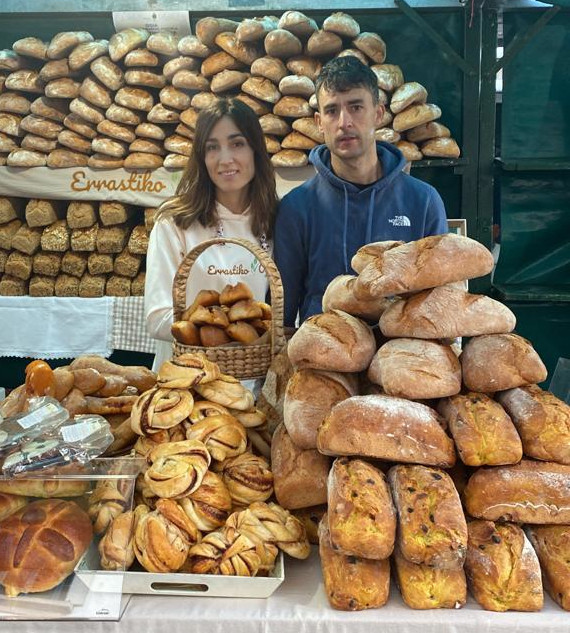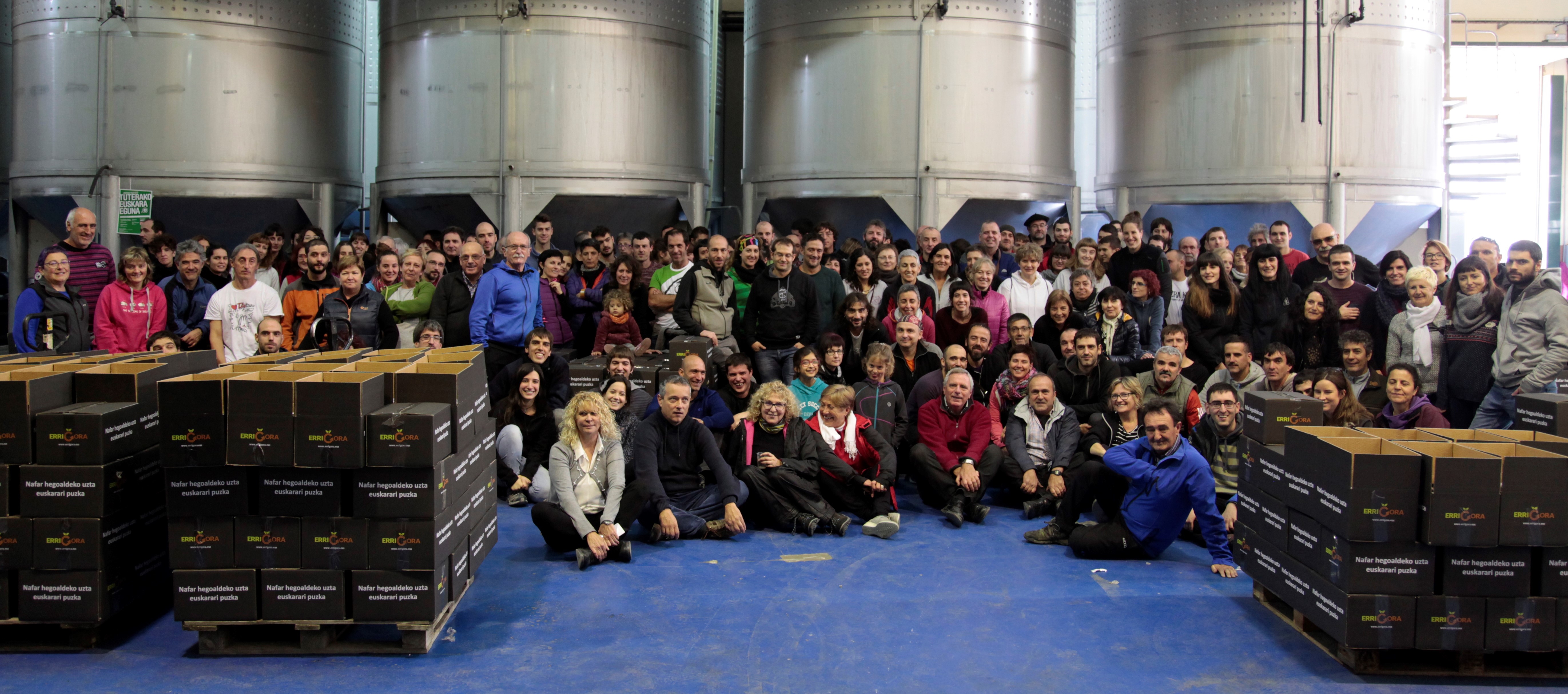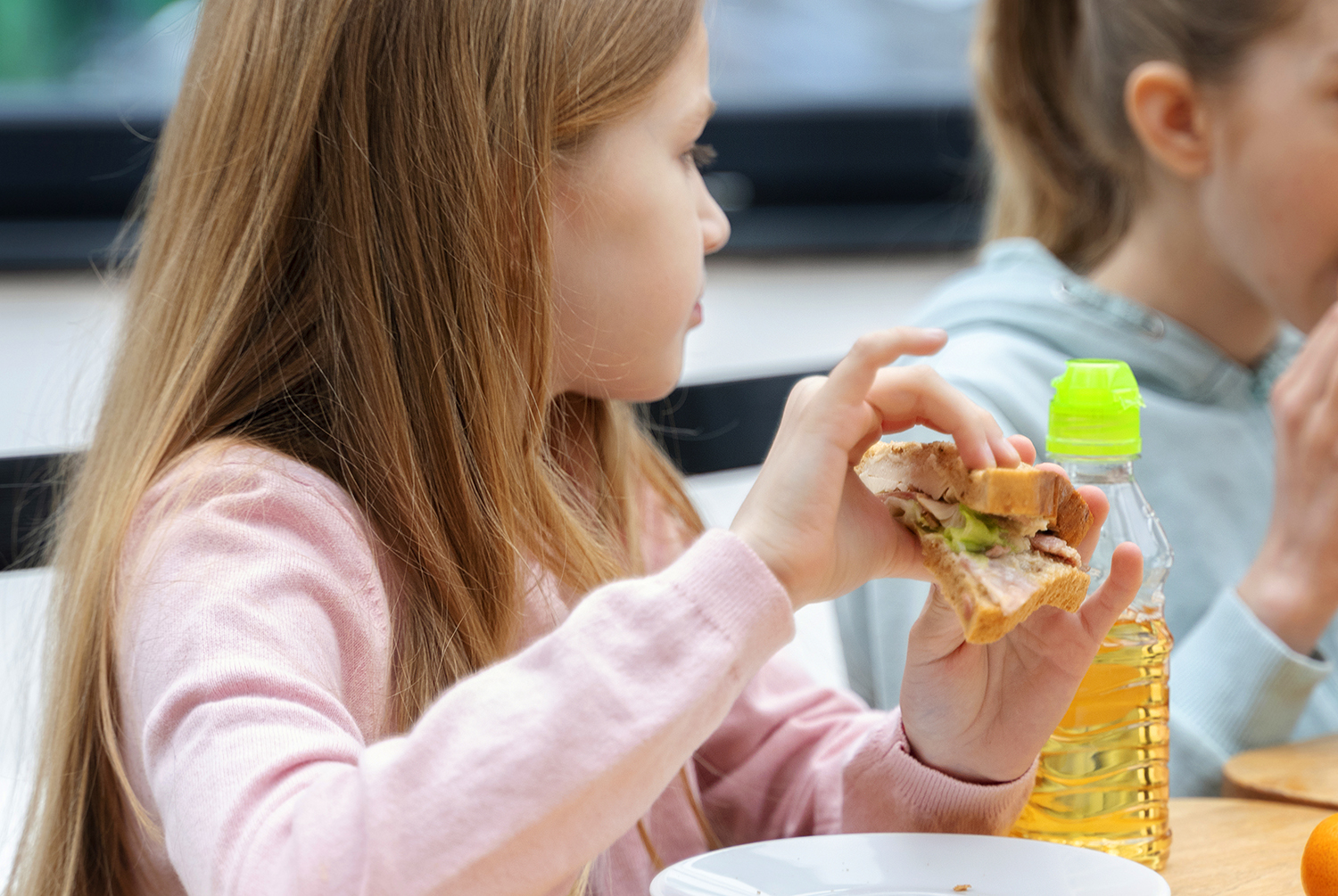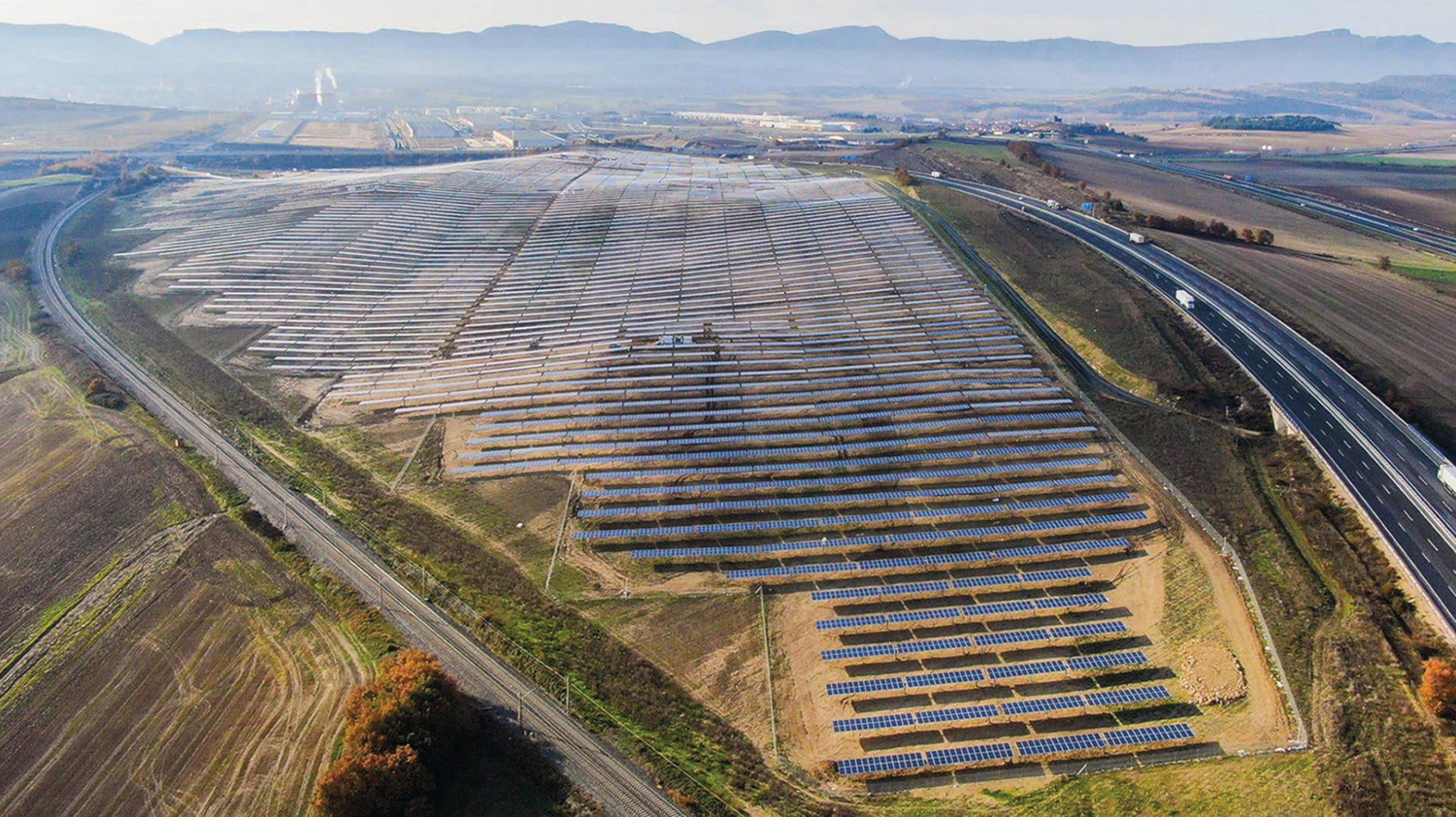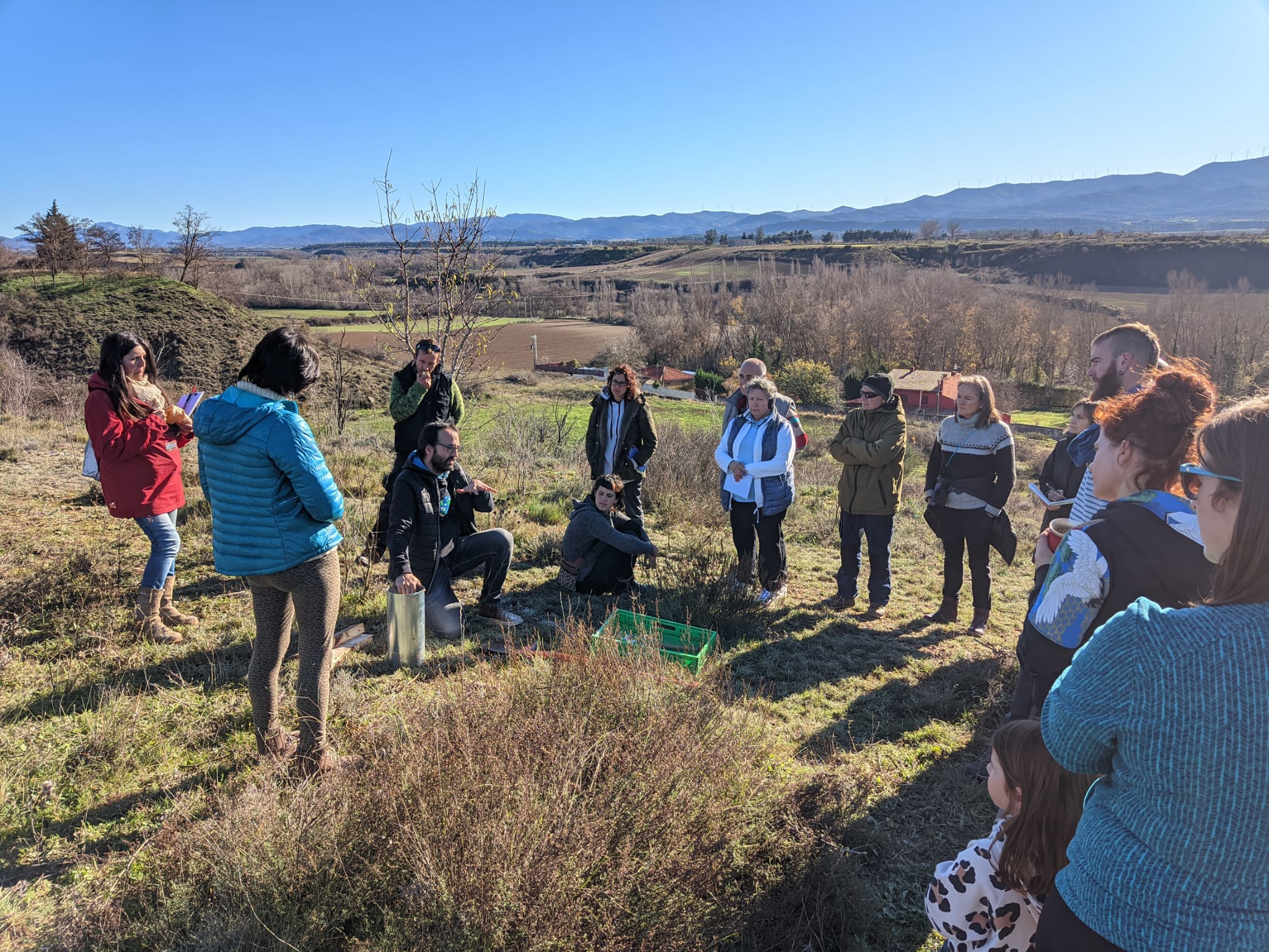Pan Route
- Bread has been present in most of the table's relationships, and proof of this is the origin of the word of the Spanish-speaking companion: bread comes from sharing. We've been in two hamlets that do the whole process and they've explained to us how they do it and the difference with industrial loaves.
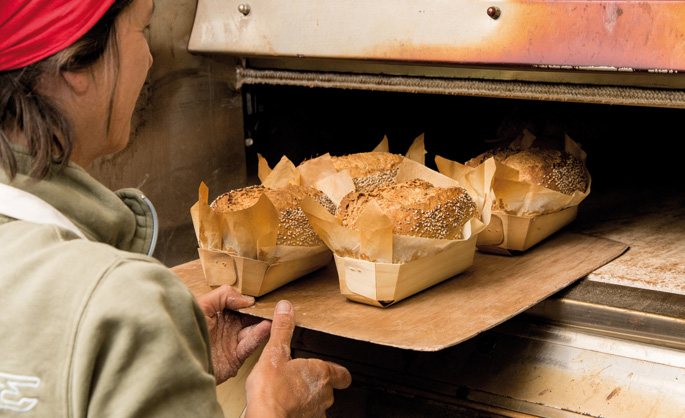
Water, flour and salt. This is the list of ingredients of organic artisan bread, in addition to the work done by the hands of the bakers and the sweetness given, the only secret. With these three raw materials they produce more than 300 loaves each week, including Xabier Odriozola and Eneka Lazkano, and Leire Albisu and Asier Bastarrika. Both couples are part of the bakery group of the Biolur Association, and their daily life has a little resemblance.
Solaka of Errezil, Odriozola and Lazkano have been making bread for five years, and Albisu and Bastarrika, who live in the Goiabe de Aia farmhouse, seven years. All of them had a turning point in life; they worked outside the house, and one day, to feel closer to nature, they decided to change ex officio. “Now we mark what we want, how far we want to go,” says Lazkano. The two couples are happy: “I don’t know if it’s economically profitable, and it has a lot of work, but it’s nice to make bread,” Albisu said. Lazkano points out that his goal was to make life for the couple, “without waiting much more, with no desire to get rich”, and the goal is being achieved for the time being.
Since they became a profession, they make bread twice a week, and the rest of the days also do other jobs related to it. The family of Errezil, for example, does almost the whole process: buy the wheat, grind it in the mill, pass it through the broom, make bread, sell, distribute, do accounting… Therefore, they know the whole process perfectly. The family of Aia buys the flour, but in the rest a similar process occurs.
Until dough becomes bread
The process begins the day before the bread is made, and the first thing is to increase the mother dough that is kept from the previous bakery. This requires a one-week process, as you have to work water and flour. However, most bakers keep a piece of dough from the previous bait to be used as a base on the following occasion: “We multiply the yeast four times, imagine, we bring out more than a hundred loaves of one,” says Bastarrika.
Mix this dough with water and flour and leave it in a temperate place for about six hours, so that during that time it can be fermented. It is repeated at six hours, and for the third time at night. “With the latter I make the dough of what the bread will be, and unlike the previous ones, I add salt and oil. Then, we turn him around in the kneader to develop gluten”, Albisu has the steps well drawn in his head. Then, they weigh, they make balls, they are cut and left to rest. Then, after 3-4 hours, it is put in the oven. As on the same day they do more than one batch and there are many steps that take place, processes are interspersed throughout the day. While one fragment is spinning around the speaker, another one is making balls with another fragment: “As there are eight hornons, we intercale the process of each with the other.”
Artisan vs Industrial bread
A distinction is normally made between artisanal and industrial bread. But there are also those who do not share this distinction, such as Bastarrika. He clearly sees three types of bread, because inside the industrial he distinguishes two types: the chemical industrial and the ecological industrial. Although the latter is called ecological, he also says that he has no resemblance to his: “Ecological regulations have become much more flexible and frozen masses and additives are allowed. If they are not ecological, their number will be higher, but they also have ecology”. Artisanal breads are made with organic cereal and do not contain synthetic chemicals. “All the basic materials are so simple, it has no additive. We are clear that they are much better for health.”
The couple of the house Goiabe has also noticed that the loaves have no labels to be able to play. They stress that any food has a label and that they do not understand why they are not breads. They have made it clear: “It’s not the same to eat as to eat.”
Many times they think that everything related to the word “artisan” is considered expensive, and that is not the case: “We have found that between the common industrial and our bread there is not much difference in the price. Even if it looks like they're cheaper, if we put ourselves on the floor, we'd see no. The rest is wind.” They showed it in a store, compared the common bread they sold there with their own, and the difference was 10 cents. “Being eco-friendly is not a luxury, it often seems somewhat elite, but it’s not, it should be within everyone’s reach.” This bread, unlike many others, stays well for three days, and a week later a steak heats up and becomes “very tender.”
On more than one occasion they have told the city councils that “the best bread in the world” belongs to them, “in those cases we say that they do not know all the loaves of the world,” says Bastarrika. To what Albisu immediately added another flower: “They told me that our bread is more addicted than Redbulla.” In any case, even when it is not so good, they miss the saying: “It doesn’t always go the same, time, wind, humidity, moon… everything influences bread. It’s a living thing, it’s not always the same.”
The breads of the two families can be purchased in the same stores, which occupy the shelves of the ecological shops, small shops and butcher shops around Azpeitia, Hernani, Eibar, Andoain, Villabona, Donostia and Zarautz.
More acid
Organic artisan bread has a taste similar to that of yogurt, one of the main peculiarities. This taste causes less salt to be used than traditional breads or normal breads. They also claim that it is healthier, richer in vitamins and minerals than white bread, among other things.
In the villages of Errezil and Aia they produce different types of bread: spelt, gambling den and rye. They also make the white bread from the curtains, typical of the farmhouses, but they are clear that their three favorites are the others.
Albisu has underlined that in the Biolur association you can learn how to make bread, that she has also taught several, but that the pioneers are Xabier Akizu and Marilu Gardoki, both of the Hariztizabal dwarf of Ezpied-Itsaso, and that most of those who make bread now in Gipuzkoa have learned it from them. They say they have done a job that is worth it. As he explained, there are also people who make bread as a gourmet, “with that flour comes out like this… I have read it everywhere”, he smiled when he told it. They all say clearly that anyone can make bread. “Time is the only thing it takes to make bread, in all houses you can get to make a rich bread,” said Lazkano Okina.
In both houses they have highlighted that one of the most beautiful things is the possibility of knowing the process from beginning to end, as everything is controlled by themselves. The only one that is not in your hands is wheat. But they also decide where to bring it and which farmers buy it as a group, among the bakers in Biolur. “We bought it in Álava and in Navarre. In any event, this year we have had to bring in from Burgos, because we have not succeeded here. But we try to get it as close as possible,” says Lazkano.
Seeing the wheat growing
Wheat planting has also begun in Gipuzkoa. Families from Eibar's Sosola, Errezil's small Irure and Errezil's Solaka farmhouse have participated: “We have taken a small plot that surrounds us and we have sowed wheat,” says Lazkano.
They say that last year, in their first attempt, they got very good results. “In our house at least the experience has been very good, and that’s why we’ve repeated it. Now the mixture of seven varieties brought from Brittany grows on a small plot in front of our house.” However, they have encountered a problem: Last year, 600 kilos were collected, a quantity that meets your needs in just two months. So, for the time being, it has not been possible to extract enough wheat from the surrounding grounds of the house. In order to find a solution, last year they handed over part of what they had picked up from a Navarre producer to sow it in one hectare and spread it further.
“Because of climate and orography there are few lands for wheat, but since the one making wine has to know the grapes, we want to know what the wheat process is and how it is,” says Lazkano. In this way, they will have in their hands each and every one of the secrets of bread.









